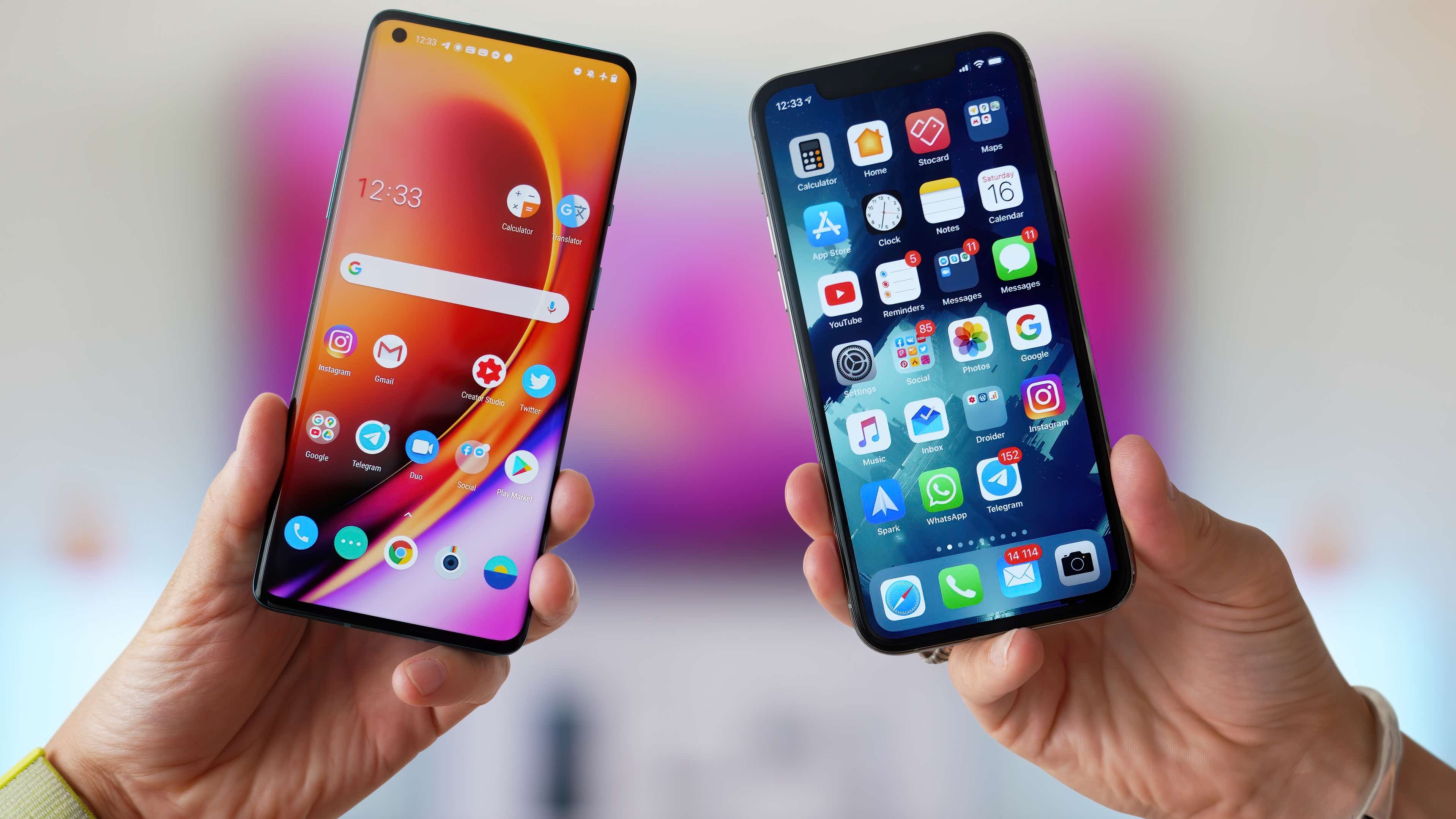
Introduction to Android Phones
What is an Android Phone?
Android phones run on the Android operating system (OS), developed by Google. This open-source platform allows manufacturers to customize and modify the OS to suit their needs. This openness has led to a wide variety of Android phones, each with unique features and designs.
History of Android Phones
The first Android phone, T-Mobile G1, was released in 2008. Since then, Android has evolved significantly, with each new version bringing new features and improvements. Early versions faced criticism for fragmentation, leading to inconsistent user experiences. However, with Android 10 (Q), Google addressed this issue by providing a more streamlined update process.
Key Features of Android Phones
Customization
Android phones offer extensive customization options. Users can change themes, icons, and layouts to personalize their home screen. This level of customization is not available on iPhones, which have limited options for personalization.
Variety
Multiple brands, including Samsung, Google, OnePlus, and Huawei, offer Android phones. This variety provides users with a wide range of choices in terms of design, price, and features. In contrast, iPhones are only available from Apple.
Price Range
Android phones fit various budgets, from affordable options like the Xiaomi Redmi series to high-end models like the Samsung Galaxy S24 Ultra. This flexibility in pricing makes Android phones accessible to a broader audience.
Expandable Storage
Many Android phones support microSD cards for extra storage. This feature is particularly useful for users needing more space for files and apps. iPhones do not offer expandable storage.
Google Integration
Android phones integrate seamlessly with Google services like Gmail, Google Drive, and Google Photos. This integration provides users with a cohesive experience across different Google apps and services.
Tips and Tricks for Using Android Phones
Gesture Navigation
Using gesture navigation can enhance your Android phone experience. Enable gesture navigation in the settings under System > Gestures. Once activated, swipe up from the bottom to go home, swipe up and hold for recent apps, and swipe from the sides to go back.
Battery Saver Mode
Use battery saver mode when running low on power. This mode, found in the Battery settings, helps extend battery life by limiting background activity and reducing performance.
Split-Screen Mode
Take advantage of split-screen mode to use two apps simultaneously. Open the recent apps menu, tap the app icon, and select Split screen. Then choose another app to open alongside it. This feature is particularly useful for multitasking and productivity.
Advanced Features of Android Phones
AI Capabilities
Android phones often come with advanced AI capabilities that enhance the user experience. These features include predictive text input, smart suggestions, and personalized recommendations based on usage patterns.
Advanced Camera Systems
Modern Android phones feature highly advanced camera systems, including multiple lenses, optical zoom, and advanced software algorithms for better image quality. Models like the Samsung Galaxy S24 Ultra and Google Pixel 8 Pro are known for their exceptional camera capabilities.
Seamless Google Integration
Seamless integration with Google services is another significant advantage of Android phones. Users can easily access emails, documents, and photos across different devices using Google Drive, Gmail, and Google Photos.
Pros and Cons of Android Phones
Pros
- Customization: Change themes, icons, and layouts for a personalized experience.
- Variety: Multiple brands offer a wide range of choices.
- Price Range: Options available for various budgets.
- Expandable Storage: Many models support microSD cards.
- Google Integration: Seamless integration with Google services.
Cons
- Software Updates: Often receive updates later than iPhones, potentially exposing users to security vulnerabilities.
- Bloatware: Some models come with pre-installed apps that cannot be removed, consuming storage space and slowing down the device.
- Security: More vulnerable to malware due to the open nature of the OS and the variety of devices available.
- Fragmentation: Different models run different versions of the OS, leading to inconsistency in user experience.
- Customer Support: Support varies by manufacturer, leading to inconsistent customer service experiences.
Alternatives to Android Phones
iPhone
iPhones are known for smooth performance, regular updates, and strong security. They offer a seamless user experience and a robust ecosystem that aligns well with Apple's other products. However, iPhones have limited customization options and do not support expandable storage.
Windows Phone
Windows Phone offers integration with Microsoft services but has fewer apps available compared to Android and iOS. It is primarily used by businesses and organizations requiring specific Microsoft-based solutions.
Feature Phones
Feature phones are basic devices providing essential functions like calling and texting without smart features. They are ideal for those needing a simple phone without the complexity of a smartphone.
Final Thoughts
Android phones have come a long way since their inception, offering a diverse range of features and customization options catering to different needs and preferences. From cutting-edge technology to innovative designs, there's something for everyone in the world of Android phones. While they offer many advantages such as customization, variety, and expandable storage, they also have some drawbacks like delayed software updates and security vulnerabilities. Understanding these pros and cons can help users make informed decisions when choosing an Android phone.
Additional Tips for Android Users
- Regularly Update Your OS: Keeping your OS up-to-date ensures you have the latest security patches and features.
- Use a VPN: A Virtual Private Network (VPN) can enhance your online security by encrypting your internet traffic.
- Clear Cache Regularly: Clearing the cache of your apps can help improve performance and free up storage space.
- Use Power-Saving Features: Features like power-saving mode and low-battery mode can help extend your battery life.
- Backup Your Data: Regularly backing up your data ensures that you don't lose important information in case your phone is lost or damaged.
By following these tips and understanding the features and pros and cons of Android phones, users can maximize their experience and enjoy the full potential of their device.
